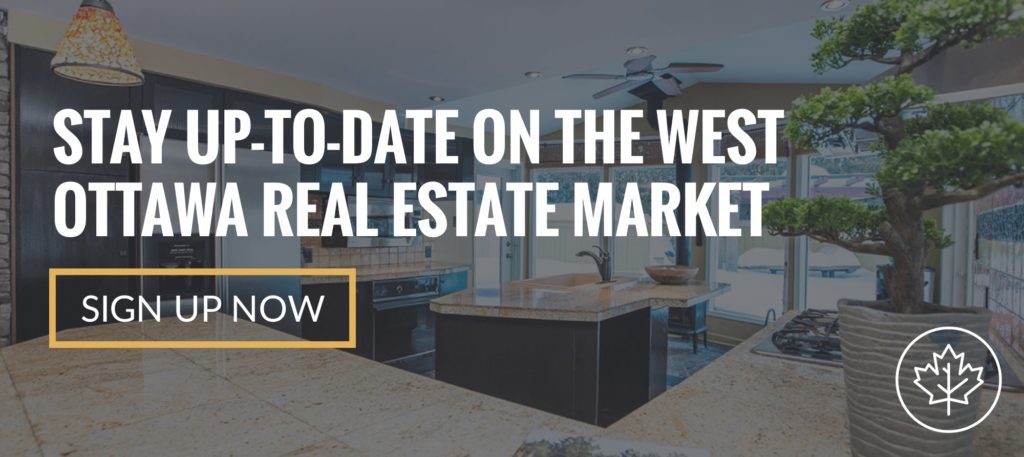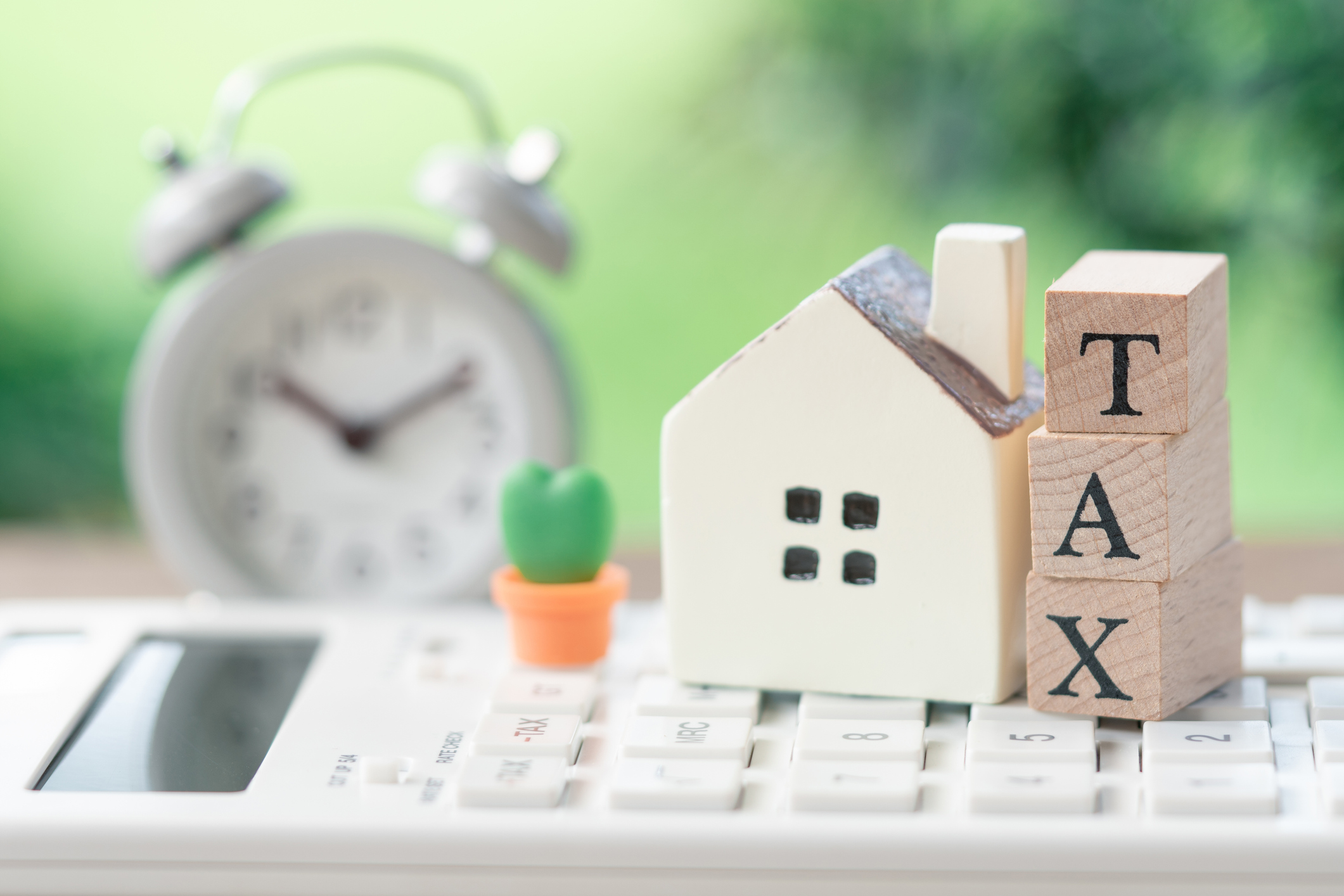So Many Mortgages, So Little Time
Homeowners • September 20, 2021
You say potato I say tomato. You say fixed, I say variable, what are we talking about? The language of mortgages has become as complicated as ordering a specialty coffee at the local cafe, but does it really have to be?
The days of a fixed mortgage paid once a month until the end of the amortization period are a memory of the distant past. Today, the mortgage market offers a menu of options that buyers and investors of yesteryear could have only dreamed of.
Gone are the days of dealing strictly with the banks for financing, as mortgage brokers are popping up out of the woodwork, on every street corner, on billboards, on the radio, and of course, online. In fact, the new age of virtual banks has made mortgage shopping as convenient as applying from your armchair, or while picking up milk and eggs at the grocery store that has taken a bite of the action.
Buyers now can be approved in minutes over the phone or online, or via their mobile mortgage agent who will come to wherever you are, compared to the not so long ago days of filling out long, tedious, copious amounts of paperwork, and then enduring the emotional stress of waiting for that call of “approval”. With the myriad of mortgage types available, first-time buyers may find themselves spinning in circles as to where to begin. Here is a condensed crash course in mortgage terminology:
Amortization – the length of time it takes to pay off a mortgage, including interest. It may be between 5 and 30 years. For a new mortgage, it is usually 25 years.
Cash-back mortgage – a mortgage where you receive the principal and a percentage of the mortgage in cash. The interest rate is higher. Aimed at those wanting cash-back to cover expenses, closing costs and/or repaying loans.
Closed mortgage, the borrower prepays a limited amount of the principal without paying a charge. If the mortgage has a fixed rate, the charge is usually three months of interest or the interest rate differential (IRD), whichever is greater. These mortgages generally offer lower interest rates versus a comparable open mortgage. A fixed-rate mortgage is one where the interest rate and monthly payments remain the same for the entire term of the mortgage, hence offering protection should interest rates rise.
A variable-rate mortgage is when your interest rate changes according to a financial index. Your mortgage agreement explains how and when the rates change. Monthly payments may stay the same. But if interest rates go down, more of your payment goes towards the principal. If rates go up, more of your payment goes towards the interest.
A high-ratio mortgage has a principal greater than 80% of the property value. If you have a high-ratio mortgage, you need mortgage default insurance because this is considered a high-risk loan. If you default on the mortgage, the insurance pays the lender for certain losses. Not all lenders offer high-ratio mortgages.
Open mortgage – can be prepaid in part or in full without a charge. Open mortgages usually have higher interest rates than closed mortgages but are also flexible. If rates start to increase, you can easily pay off an open mortgage and switch to a closed one. Which mortgage is the best mortgage? There is no one-size-fits-all mortgage anymore, but rather a smorgasbord of mortgages to choose from. Best to seek the advice of your mortgage professional.


